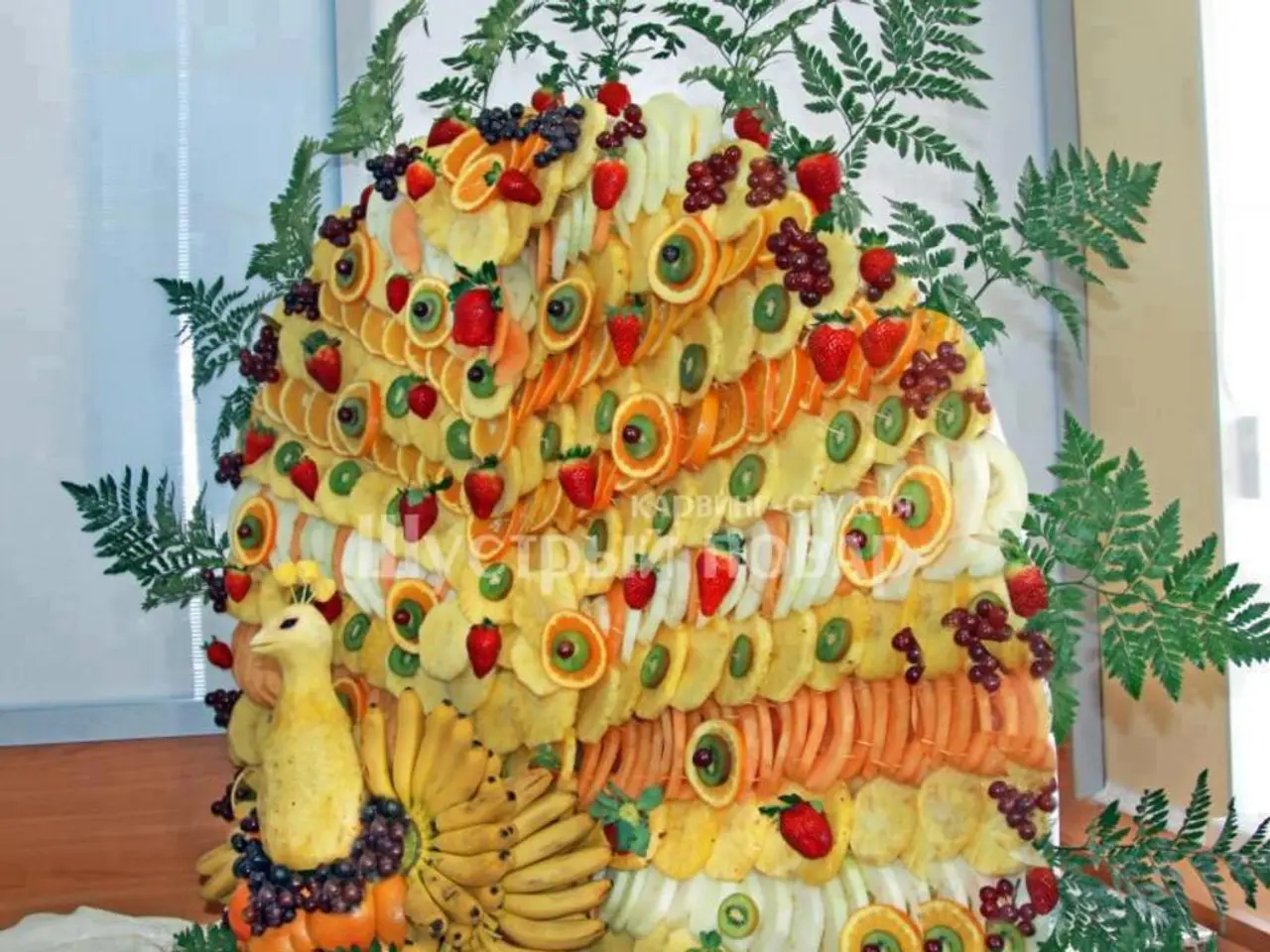Strategies for Cultivating Salad Greens Through Autumn, Avoiding Supermarket Purchases
In the heart of autumn, as the days grow shorter and the air turns crisp, there's no reason to bid farewell to fresh, vibrant salad greens. With a little planning and the right choices, you can continue to enjoy a bountiful harvest well into the season.
Firstly, download the free Fall Salad Garden Planning Calendar for guidance on when to plant and what to plant based on your zone. This handy tool will help you navigate the specifics of your location, ensuring a successful harvest.
Growth of salad greens slows as daylight fades in the fall, but this doesn't mean they stop growing entirely. In fact, many varieties thrive in cooler temperatures. Spinach varieties like Beaujolais are cold-hardy and can overwinter, while loose-leaf lettuce varieties, kale, Swiss chard, and parsley are all well-suited to the cooler climate.
Timing is crucial when growing salad greens in the fall. The goal is to get crops to a harvestable stage before the Persephone period begins, when plant growth slows dramatically. This period, when day length drops below 10 hours, starts between early November and early December, depending on your latitude.
To achieve a continuous harvest, sow seeds in intervals, such as every 1-2 weeks, so plants mature at staggered times, preventing overproduction at once and ensuring fresh greens throughout the season. For best results, harvest leaves after any frost has thawed to avoid damaging plant tissue.
Mid-July is the time to start the first round of lettuce and brassicas indoors. Lettuce seeds germinate poorly in hot soil, so they are often started indoors under grow lights a month before planting outside. Late August to Early September is when you should perform the final rounds of direct sowing for spinach and greens.
Lettuce varieties like Hampton Easy Leaf, Cherokee, and Muir are heat-tolerant for late summer planting, while Tango and Winter Density are cold-tolerant for the cooling season. Arugula, mustard, and Brassicas germinate easily even in warm soil, so they are sown directly in the garden from late summer through fall. Spinach is direct-sown around mid-September when soil temperatures cool to about 75-80°F.
To protect salad greens during cold snaps, use floating row covers or grow in a greenhouse or cold frame. Choose cold-hardy varieties of salad greens to withstand freezing temperatures.
Fall offers ideal conditions for growing salad greens, with cooler temperatures, fewer pests, and more consistent moisture. Mesclun mixes and Brassica greens offer a good mix of baby kale, mizuna, pak choi, and other cool-season favorites, and are perfect for direct sowing.
So, plant loose-leaf lettuce, kale, Swiss chard, endive, spinach, and parsley in successive batches throughout late summer and fall for a continuous supply of fresh salad greens into autumn and beyond. The link to download the Fall Salad Garden Planning Calendar is here. Happy gardening!
- To plan for a continuous supply of fresh salad greens in autumn, download the Fall Salad Garden Planning Calendar that offers guidance on planting times and choices suitable for your location.
- For a bountiful harvest, sow seeds of cool-weather vegetables like spinach, loose-leaf lettuce, kale, Swiss chard, and parsley in intervals (every 1-2 weeks) to ensure staggered maturity and a consistent supply.
- Take advantage of fall's ideal conditions for growing salad greens by planting cold-tolerant varieties, like Tango and Winter Density lettuces, in a protected environment such as a greenhouse, cold frame, or with the aid of row covers during cold snaps.




